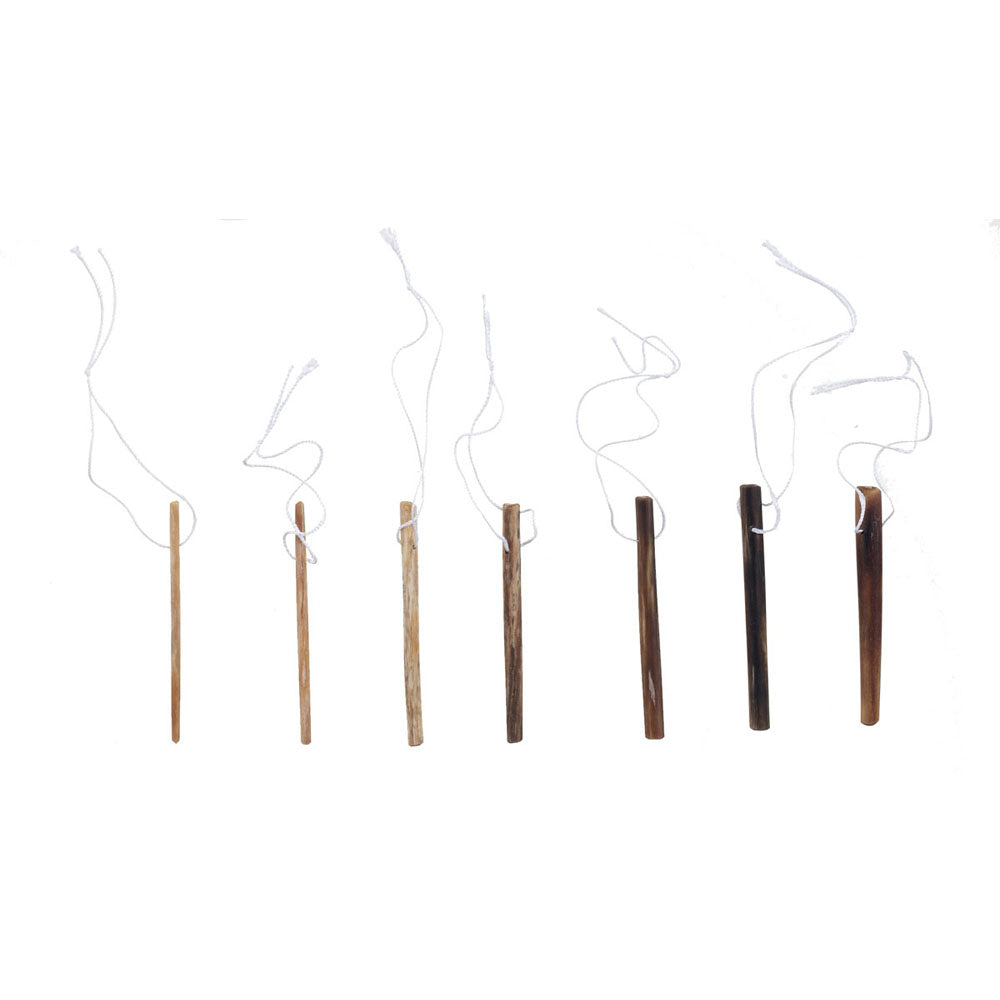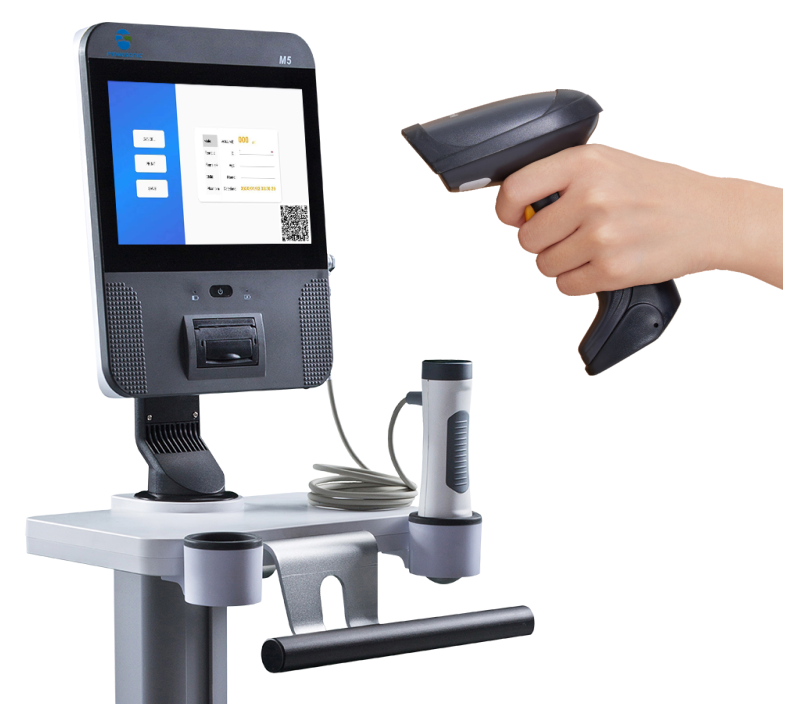Let's break down the most common urologic surgical procedures for both inpatient and outpatient settings, along with insights into pediatric urological conditions and treatments:
Inpatient:
- Kidney Removal (Nephrectomy): Surgical extraction of a kidney.
- Renal Pelvis Reconstruction (Pyeloplasty): Surgical restoration of the renal pelvis, alleviating uretero-pelvic junction (UPJ) obstructions.
- Ureteral Reimplantation: Surgical relocation of the ureter into the bladder wall to prevent urine reflux.
- Ureteral Stent Placement: Insertion of a tube into the ureter to prevent or treat urine flow obstructions.
Outpatient:
- Circumcision: Surgical removal of the foreskin from the penis.
- Cystoscopy: Endoscopic examination of the urinary bladder through the urethra.
- Excision of Hydrocele
- Hypospadias Correction: Surgical intervention to reconstruct a functional penis.
- Inguinal Hernia Repair
- Meatoplasty
- Orchiopexy: Surgery to move an undescended testicle into the scrotum.
- Repair of Buried Penis/Penile Torsion/Chordee
- Scrotoplasty
Now, let's dive into some pediatric urological conditions and their treatments:
Bedwetting and Urinary Problems in Children:
Bedwetting affects around 9 million children annually. Dr. Joseph Barone's book, “It’s Not Your Fault!,” explores bedwetting, toilet training problems, and common urinary issues. Treatment involves thorough evaluation and, if needed, a bedwetting alarm system or medications.
Circumcision and Correction:
State-of-the-art techniques are used for safe foreskin removal. Correction involves plastic surgery techniques to restore normal form and function with minimal postoperative care.
Urinary Tract Infections:
Common bacterial infections may require referral to a pediatric urologist. Diagnosis includes urine analysis, culture, and a course of oral antibiotics. Post-infection, kidney and bladder testing may be ordered to check for underlying issues.
Urinary Tract Obstructions:
Often diagnosed prenatally; monitoring is crucial to detect cases that may worsen over time. Hydronephrosis may resolve on its own, but regular monitoring is advised.
Hypospadias:
Surgical repair creates a functional and normal-looking penis. "No touch" technique used for safe repairs.
Pediatric Orchiopexy (Undescended Testis):
Aims to move an undescended testis into its normal position to prevent infertility.
Varicocele:
Dilated veins repaired using laparoscopic, microscopic, or robotic techniques.
Meatal Stenosis:
Narrowing of the urethral opening corrected using plastic surgery techniques.
Testis Torsion:
Surgical correction to restore blood flow.
Labial Adhesions:
Repaired using plastic surgery techniques to restore normal function.
Kidney Stones:
Various procedures performed to remove or reduce the size of stones.
UPJ Obstruction:
Robotic techniques used in pyeloplasty to relieve the obstruction.
Vesicoureteral Reflux:
Corrected with minimally invasive approaches.
Spina Bifida and Neurogenic Bladder:
Neurogenic bladder complications addressed with treatments to improve urination.
MACE (Malone Anterograde Continence Enema):
Surgical procedure aiding children with bowel control issues.
Mitrofanoff Procedure:
Performed when a child cannot empty their bladder normally.
Bladder Augmentation:
Surgical procedure to increase bladder size and prevent kidney damage caused by small or stiff bladders.
This comprehensive guide covers a wide range of pediatric urological concerns and the corresponding interventions to ensure the well-being of the little ones.
The content on this website serves as a general summary for public information only. This information is not medical advice, nor does it act as a replacement for professional medical advice, diagnosis, or treatment. For inquiries about a medical condition, it is essential to consult with a doctor or another qualified health professional.
Please visit the website for more information https://minervahealthinc.com/pages/pediatric-urology




